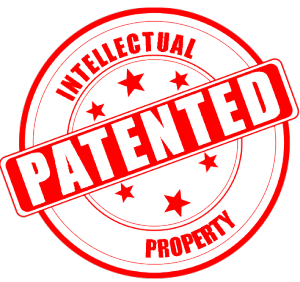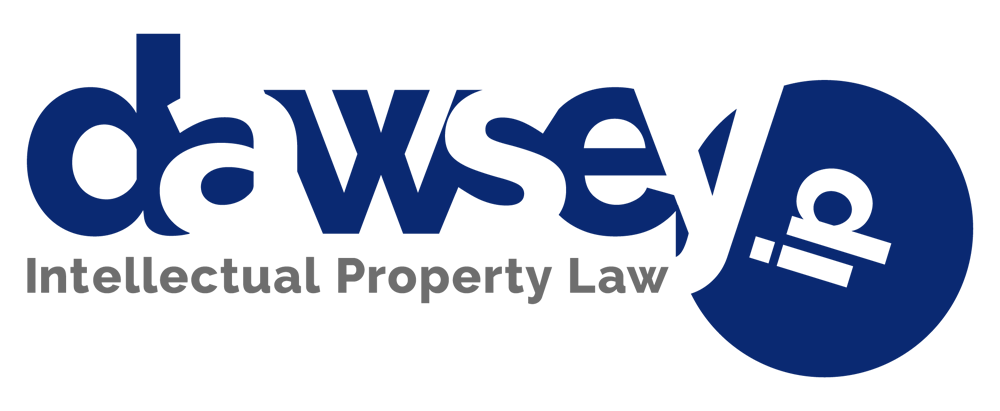
Best mode requirement for patent applications
© 2003, Dawsey Co., LPA
September 2003
Section 112 of the patent code requires that an inventor disclose in an application’s specification the “best mode contemplated by the inventor of carrying out his invention.” This concept keys in to the basic “social compact” theory of patent law; that society grants a limited monopoly in return for full disclosure of a new apparatus or method.
As stated in the Manual of Patent Examining Procedure (MPEP 2165), determining compliance with the best mode requirement requires a two-prong inquiry. First, it must be determined whether, at the time the application was filed, the inventor possessed a best mode for practicing the invention. This is a subjective inquiry which focuses on the inventor’s state of mind at the time of filing. Second, if the inventor did possess a best mode, it must be determined whether the written description disclosed the best mode such that a person skilled in the art could practice it. This is an objective inquiry, focusing on the scope of the claimed invention and the level of skill in the art.
Sometimes, an inventor will not have a “best mode” at the time of filing, and in such cases there is no requirement to disclose something which does not exist. However, inventors in this circumstance should document the absence of a best mode carefully in their invention notebook, lest any suggestion of intent to suppress a best mode later arise.
The most common ways that inventors fail to satisfy the best mode requirement are generally, (1) an intentional concealment of the preferred mode of carrying out an invention, or (2) a disclosure that is so incomplete that it effectively conceals the preferred mode.
While one might think it obvious to avoid the first type of failure, that of intentional concealment, such situations often come up in the context of trade secrets. For example, in Katrapat v. Advanced Machine and Engineering Co., the defendants purposely did not disclose a method of gluing a steel band to a spirally wound tube because they thought that such a fabrication technique was a protectable trade secret. However, as it was essential to an understanding of the best mode of an invention for housing cables, the courts invalidated the patent for failure to state a best mode.
Needless to say, the second type, disclosure so incomplete that it effectively conceals the preferred mode, if it results from intentional misconduct, will almost certainly lead to cancellation of the patent. This was seen in Consolidated Aluminum Corp v. Foseco International Ltd., where an inventor had submitted a fictitious non-working mode for carrying out the invention, and suppressed the actual preferred mode.
An interesting, and not completely settled, issue is whether disclosure of a best mode in a specification, when that best mode is not specifically pointed out over other embodiments disclosed, satisfies the requirements of section 112. In at least one case, the courts have held that it can. In Scripps Clinic & Research Foundation v. Genentech, Inc., the Federal Circuit overturned a trial court’s holding that failure to specifically identify a best mode among a number of alternatives disclosed was fatal. A reading of the MPEP section 2165 suggests that a great deal hinges on the ability of one skilled in the art to discern the best mode without undue experimentation, if a best mode is not explicitly pointed out.
There are two important areas where “best mode” disclosure rules do not apply. First, section 112 does not require an inventor to provide details as to how to make or use nonclaimed subject matter. For example, an inventor would not be required, in a chemical case, to disclose the best way of making or obtaining unclaimed starting ingredients, as long as the starting materials were known and commercially available, even though such information might be invaluable to the commercial exploitation of the patent. In mechanical or other product cases, an application for an improvement in a single part of a product would not, for example, require a teaching as to the best mode of making the whole product.
In fact, one district court has even stated that an application should preferably omit what is well known in the art, in Fromson v. Imperial Metal & Chemical Co.
Secondly, with one related exception, the disclosure of the best mode does not need to be updated during the prosecution of an application, as the statute limits the disclosure to the applicant’s state of mind at the time of filing the application. If an application is refiled as a continuing application, there is still no requirement for updating the best mode. However, if an application is refiled as a continuation-in-part application, adding new matter, then the best mode should be disclosed for at least the new matter added. Many practitioners believe that a better practice is to update best mode for even old matter at the time of filing a continuation-in-part, and decisions about identification of a best mode should be made in careful communication with your patent attorney.
